When welcoming a rabbit into your home, one of the most fundamental considerations is selecting an appropriate enclosure. The cage is not merely a containment space; it serves as your rabbit's primary territory, a sanctuary for rest, and a base for daily activities. Choosing the right habitat involves more than picking the largest or most aesthetically pleasing option. It requires a thoughtful evaluation of your rabbit's size, breed characteristics, activity level, and the amount of free-roam time it will enjoy outside its enclosure. A well-chosen cage, combined with thoughtful environmental enrichment, forms the cornerstone of your rabbit's physical health and emotional well-being, setting the stage for a fulfilling and joyful life together.
The debate between indoor and outdoor housing for rabbits is a significant one, with the consensus among modern rabbit welfare advocates strongly favoring an indoor lifestyle. Domestic rabbits are highly social and curious creatures that thrive on interaction and being part of the family's daily happenings. Keeping a rabbit indoors allows you to monitor its health closely, as subtle signs of illness like changes in eating habits or litter box use are more easily detected. It also protects them from extreme weather, predators, and parasites. An outdoor hutch, even if well-constructed, inherently isolates the rabbit and exposes it to stressors that can shorten its lifespan and diminish its quality of life.
For those committed to indoor living, the size of the enclosure is the single most critical factor. A common misconception is that a small cage is sufficient because the rabbit will be let out for exercise. However, even with several hours of free-roam time, the cage remains its core living space. The House Rabbit Society and other expert organizations recommend a minimum enclosure size that allows the rabbit to take at least three full hops from one end to the other and to stand up on its hind legs without its ears touching the top. For an average-sized rabbit, this typically translates to an enclosure no smaller than four feet by two feet. For larger breeds or a bonded pair, the space should be significantly larger, essentially functioning as a puppy pen or a custom-built condo.
The traditional metal wire cages with plastic bottoms often sold in pet stores are frequently inadequate. Their primary flaw is their lack of horizontal running space. A far superior option is to use a large dog exercise pen, which can be configured into a spacious rectangular area. Another excellent and highly customizable solution is a multi-level enclosure built from wire storage cubes, often referred to as a "NIC cube condo." These structures can be designed with ramps connecting different levels, providing valuable vertical space for exploration. The solid flooring of these setups is also crucial, as a wire mesh floor can cause painful sore hocks (ulcerative pododermatitis). The entire base must be covered with a solid material like corrugated plastic, and then layered with comfortable, absorbent bedding.
Speaking of flooring, the substrate you choose for your rabbit's home is vital for its comfort and foot health. Avoid cedar and pine shavings, as the aromatic phenols in these woods can cause respiratory and liver issues. Safer alternatives include aspen shavings, paper-based bedding, or fleece liners. Fleece is a popular choice for its softness and reusability but must be paired with an absorbent layer underneath, such as puppy pads or incontinence pads, and spot-cleaned daily. Whichever bedding you select, the key is to ensure it is kept clean, dry, and deep enough to provide cushioning.
Beyond the basic structure, the interior setup of the cage is what transforms it from a mere pen into a home. Every rabbit must have constant access to fresh hay, and a large hay rack or manger is essential to keep it clean and accessible. A heavy, tip-proof ceramic or stainless-steel bowl for pellets and a water source are non-negotiable. While some rabbits readily use water bottles, a bowl is often preferred as it allows for a more natural drinking posture and greater water intake. The litter box is another cornerstone of the setup. A large, corner-style triangular box is rarely sufficient. A rectangular cat litter pan, preferably with high sides, is ideal. Fill it with a layer of paper-based or aspen litter and top it with a generous handful of hay, as rabbits naturally like to graze while they eliminate.
Perhaps the most transformative concept in modern rabbit care is that of environmental enrichment. This goes beyond simply providing toys; it is about creating a dynamic and engaging habitat that stimulates your rabbit's mind and satisfies its innate instincts to dig, chew, forage, and explore. A rabbit without enrichment is a bored rabbit, and boredom can quickly lead to destructive behaviors, depression, and even health problems like gastrointestinal stasis. Enrichment is the art and science of making your rabbit's environment as interesting and complex as the natural world it evolved to navigate.
Foraging is a fundamental rabbit behavior, and you can replicate this easily. Instead of placing all its daily pellet ration in a bowl at once, scatter the pellets throughout the enclosure or hide them inside puzzle feeders. You can make simple DIY puzzles by cutting holes in a cardboard toilet paper roll, stuffing it with hay and a few pellets, and folding the ends closed. Commercial puzzle toys designed for small pets or even dogs can also be excellent. Hiding leafy greens in different areas of the play space encourages natural hunting and exploration behaviors, turning mealtime into a engaging activity.
Chewing is not optional for a rabbit; it is a physiological necessity. Their teeth grow continuously throughout their life and must be worn down by grinding on fibrous materials. Providing a constant supply of safe chewing outlets is critical to prevent them from turning their attention to baseboards, furniture, and electrical cords. Offer a variety of untreated willow, apple, or pear wood branches. Cardboard boxes, tubes, and egg cartons are fantastic, cheap, and disposable chewing options. You can also find a wide array of edible hay-based toys, woven balls, and sticks at pet stores. Rotating these toys regularly will keep your rabbit's interest piqued.
Digging is another deep-seated instinct. A rabbit denied an outlet for digging will often resort to digging at carpets or blankets. Provide a dedicated dig box. This can be a large, shallow plastic storage tub filled with shredded paper, straw, or even child-safe play sand. Bury a few treats or toys in the box to encourage your rabbit to explore and dig. You will often find your rabbit happily shuffling through its dig box, contentedly fulfilling this natural behavior in an appropriate place.
Finally, never underestimate the power of novel experiences. Rabbits are intelligent and curious. Simply rearranging the furniture in their enclosure or play area every week or so creates a new landscape for them to investigate. Introduce new cardboard box castles or tunnels for them to run through. During supervised playtime, allow them to explore safe, rabbit-proofed areas of your home they don't normally see. This constant, gentle novelty prevents habituation and keeps their environment stimulating and fun.
Creating the perfect home for your pet rabbit is a continuous process of observation and adaptation. The ideal cage is not a static prison but a secure and comfortable base camp for a life of exploration. By prioritizing immense space, safety, and comfort in the enclosure itself, and then layering on a rich tapestry of environmental enrichment, you do more than just meet your rabbit's basic needs. You provide it with agency, mental challenge, and physical outlets that allow its unique personality to flourish. This commitment to its environment is one of the most profound expressions of care, ensuring your rabbit lives not just a long life, but a truly contented one, filled with curiosity, play, and well-being.
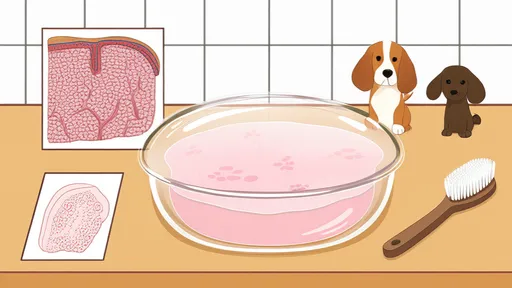
By /Aug 20, 2025
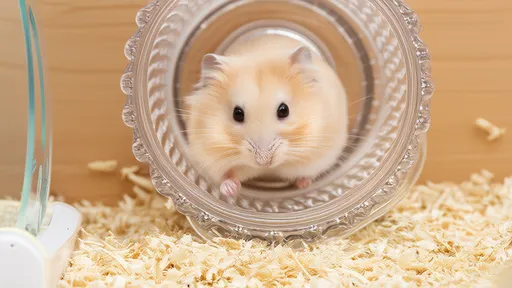
By /Aug 20, 2025
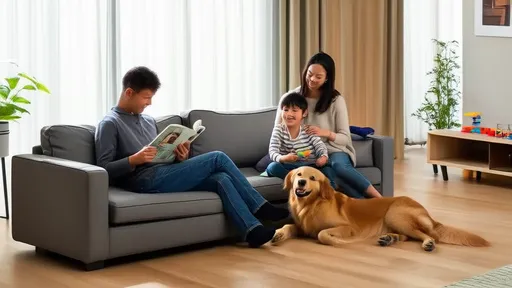
By /Aug 20, 2025
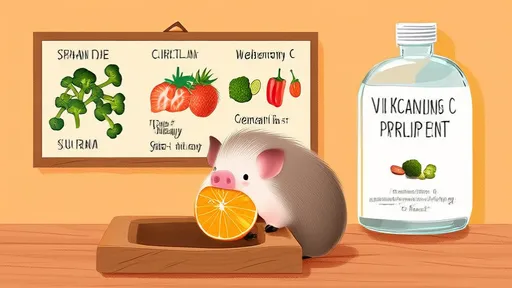
By /Aug 20, 2025
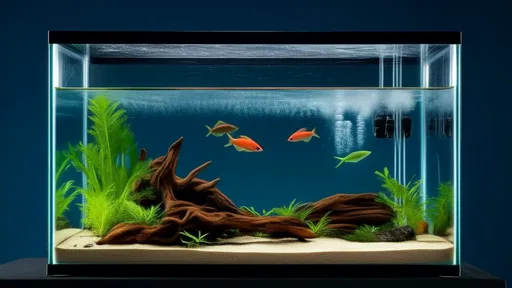
By /Aug 20, 2025
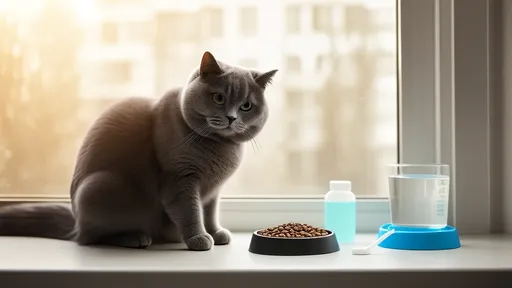
By /Aug 20, 2025
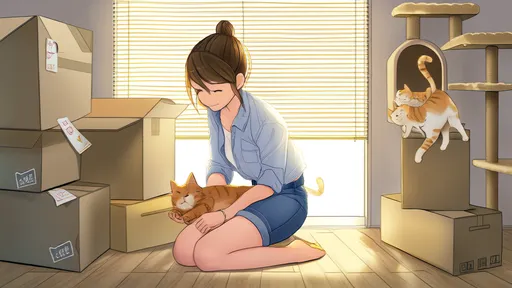
By /Aug 20, 2025
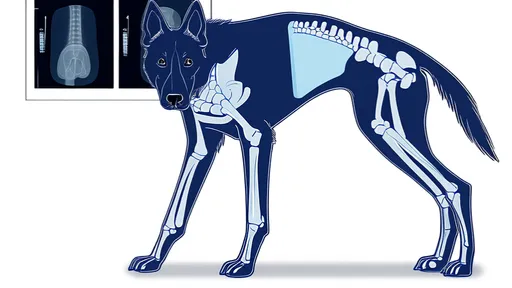
By /Aug 20, 2025
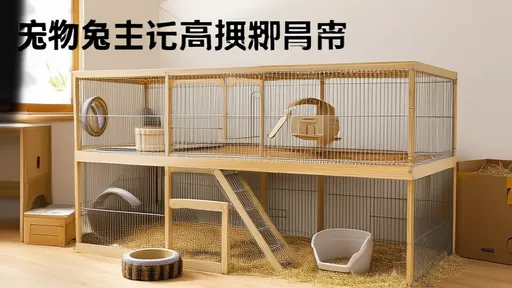
By /Aug 20, 2025
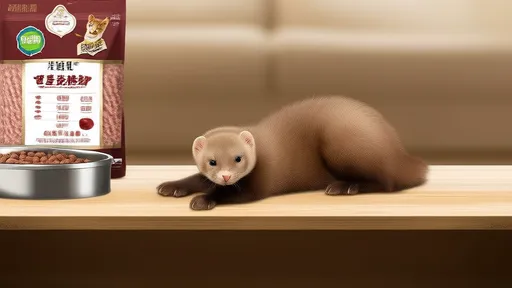
By /Aug 20, 2025
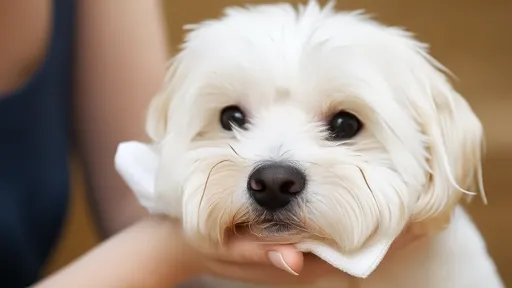
By /Aug 20, 2025
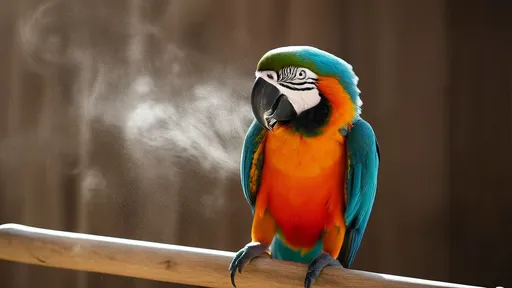
By /Aug 20, 2025
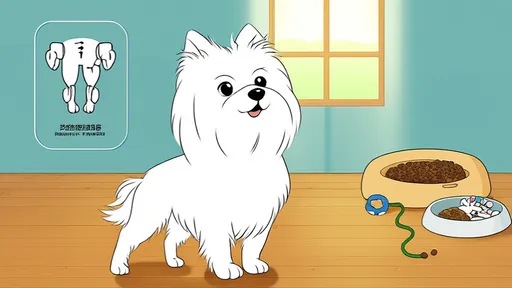
By /Aug 20, 2025
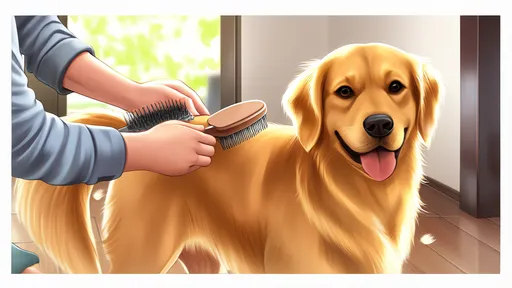
By /Aug 20, 2025
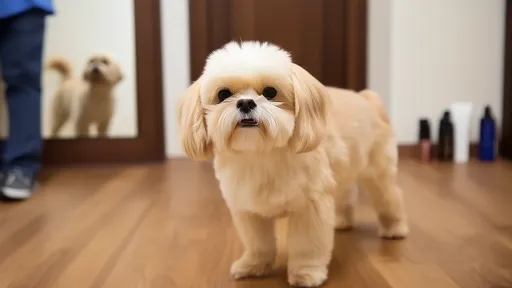
By /Aug 20, 2025
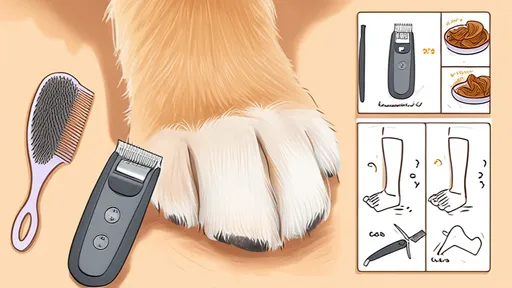
By /Aug 20, 2025

By /Aug 20, 2025

By /Aug 20, 2025

By /Aug 20, 2025
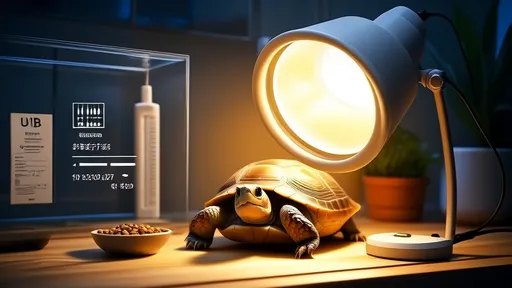
By /Aug 20, 2025